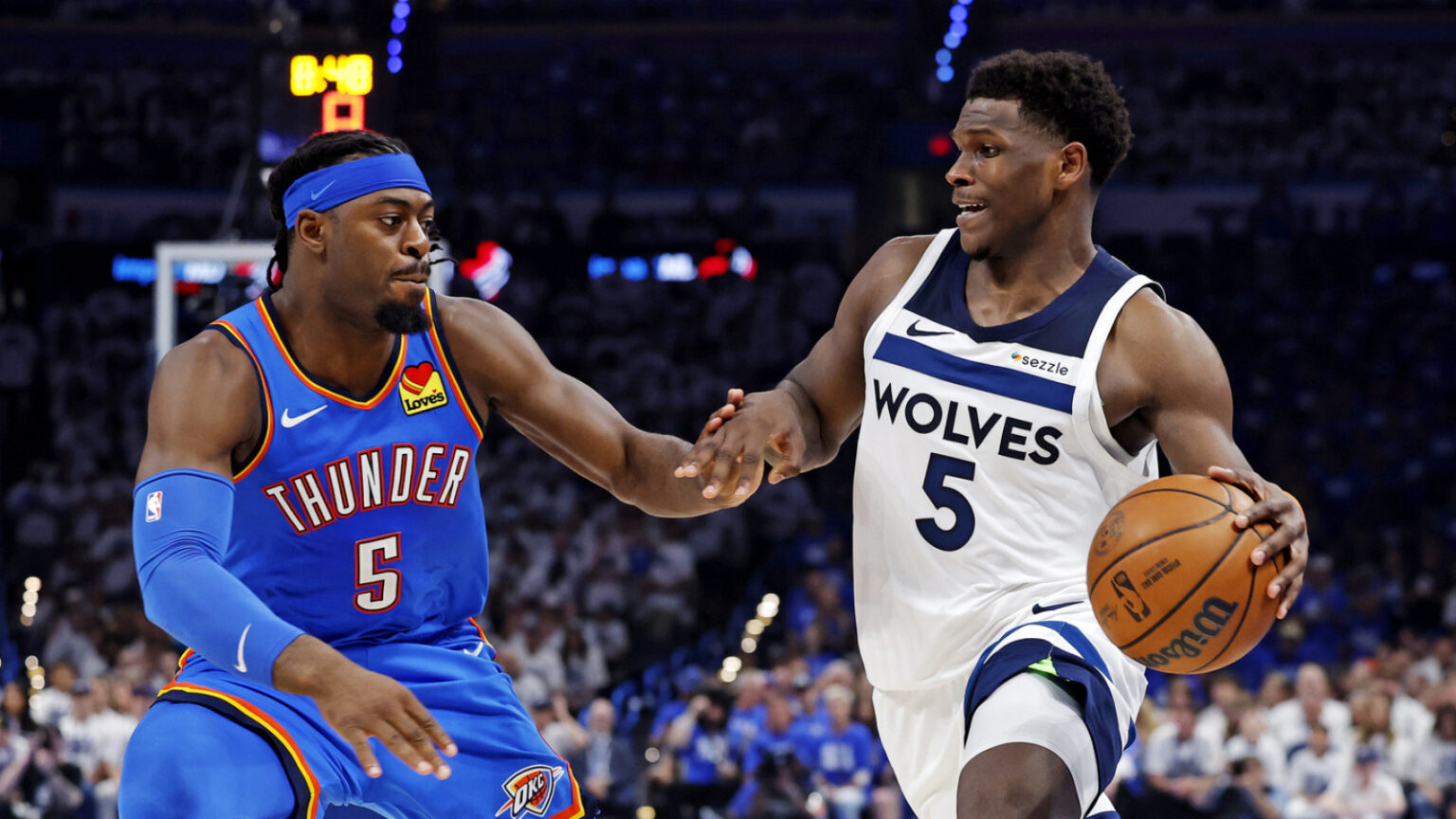Analyzing the Minnesota Timberwolves’ Playoff Performance: Challenges and Opportunities
The Minnesota Timberwolves rely heavily on key players such as Anthony Edwards, along with seasoned All-Stars Julius Randle and Mike Conley, complemented by the emerging talent of Naz Reid, who was named the Sixth Man of the Year in 2024. Despite their roster strength, their offensive execution during the playoffs has been notably inconsistent, often reaching troubling lows.
Defensive and Offensive Struggles in High-Stakes Games
In Game 5 against Oklahoma City, the Timberwolves faced a historic offensive drought, managing only nine points in the opening quarter-the third-lowest total in NBA playoff history for a single quarter. By halftime, they trailed 65-32, with their 32 points marking the ninth-lowest first-half total in playoff history. Such offensive struggles highlight the challenges Minnesota faces when trying to keep pace with high-caliber opponents.
Comparative Analysis of Playoff Halves
Interestingly, the first-half performance in Game 5 was not their worst of the postseason. In the second round against the Golden State Warriors, Minnesota scored just 31 points in the first half-ranking as the fifth-worst first-half total in NBA playoff history. Despite trailing by only 13 points at halftime, they ultimately lost that game 99-88, illustrating how early offensive stagnation can foreshadow defeat.
Key Player Performance and Offensive Limitations
During Wednesday’s game, the Timberwolves found themselves down by 33 points at the final buzzer, with more turnovers (14) than made field goals (12). Such numbers make it nearly impossible to mount a comeback in an elimination scenario. Anthony Edwards, typically a dynamic scorer, has shown moments of passivity, especially when defenses double-team him. When supporting players like Jaden McDaniels and Nickeil Alexander-Walker struggle to hit three-pointers, the offense often stalls, leaving Edwards isolated and Minnesota’s scoring options limited.
Strategic Adjustments and Future Outlook
One pressing need for Minnesota is to bolster their backcourt depth. While Mike Conley has been a reliable veteran presence, at 37 years old, his minutes are naturally limited. Introducing a fresh playmaker-potentially a high draft pick like Rob Dillingham, selected eighth in the 2024 draft-could provide Edwards with more support and create better scoring opportunities for the team. Such an addition would also help distribute the ball more effectively, reducing offensive stagnation.
Looking Ahead: Lessons from Playoff Exit
With their recent 124-94 loss in Game 5, the Timberwolves now have the entire offseason to reflect and strategize. The team’s current trajectory suggests that addressing offensive inefficiencies and adding versatile guards could be crucial for future success. The upcoming months will be pivotal in shaping a roster capable of competing at a higher level in the Western Conference.
Expert Insight
Sean Keane, a seasoned sportswriter based in Oakland, California, notes that the Timberwolves’ playoff struggles underscore the importance of strategic roster improvements. With extensive experience covering the NBA, MLB, NFL, and even niche leagues like Cube’s “The Essential 3,” Keane emphasizes that Minnesota’s offseason will be critical in transforming their playoff disappointments into future opportunities.

